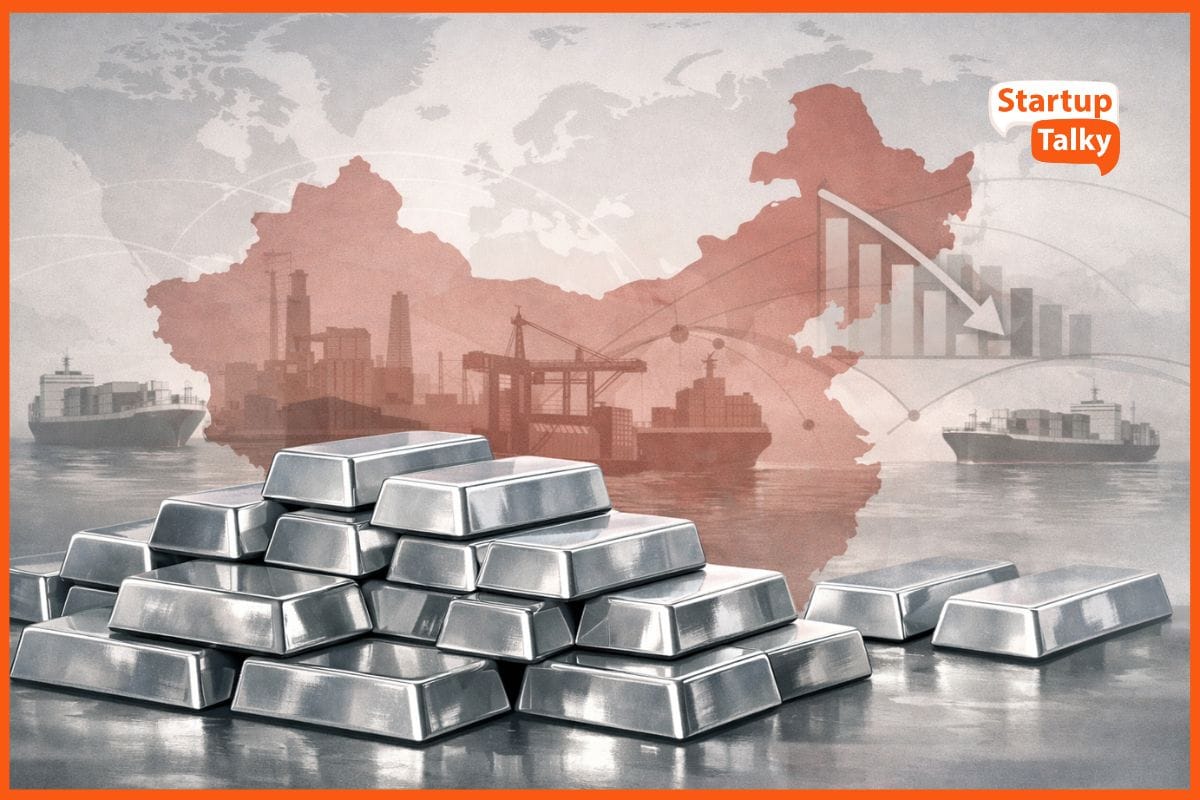A Brief History of East India Company
🔍Insights
The East India Company has played a pivotal role in shaping the colonial experience of the Indian subcontinent for over two centuries.
Beginning as a trading company, they grew to become the ultimate representatives of power on behalf of the English crown in India.
This article will trace the arduous journey of the East India Company in India until the beginning of the British Raj.
Beginning
Starting Slow
Rise to Power
Growing Through Charters
Expansion
Abuse of Power and End of Reign
East India Company - Today
Beginning

There is no doubt in the fact that India was a treasure trove for the Europeans as far as spices were concerned. For a long time, Spain and Portugal had a monopoly over the spice trade from India which gave them a huge impetus globally.
However, this monopoly came to an end with the defeat of the Spanish Armada in 1588 by England. Lacking a proper anchor and gap in the spice trade, the English crown saw this as the perfect time to seize the opportunity.
Hence, with the aim of doing maritime trade with the East Indies, The East India Company was established as a joint stock company. However, the company ended up doing trade with China and India. The company was also called Honourable East India Company.
East India Company came into existence through a Royal Charter dated December 31st, 1600. The company was chartered as “Governor and Company of Merchants of London trading into the East Indies”.
The royal charter gave a monopoly to the company to do business with all the countries that are to the east of the Cape of Good Hope and west of the Straits of Magellan. The charter was incorporated firstly for a span of 15 years.
Starting Slow
The company carried out multiple separate voyages till 1612 which were subscribed separately. Their first voyage to India was in 1601 commanded by Sir James Lancaster who returned back in 1603.

It was during this voyage that the first factory of the East India Company was set up in Bantam, Indonesia. After the establishment of the Bantam factory, Surat became a vital trade point during the transit.
It was later in 1608 that the first ship anchored in Surat under the command of Sir William Hawkins. Later, the country saw yet another factory coming up in Masuilupatanam which was located in current Andhra Pradesh in 1610.
Rise to Power
By the time the factory at Masulipatanam was established, East India Company was making huge profits from the subcontinent. commanders like Sir William Hawkins were trying to obtain trade concessions from the then Mughal emperor Jahangir although in vain.
Simultaneously, EIC was in constant battles with its European counterparts like the Portuguese and Dutch. The company’s victory in the Battle of Swally against the Portuguese was the turning point in changing the power dynamics of trade in the subcontinent. It also marked the end of Portuguese dominance in India.
Their constant attempts to gain a territorial base in India saw a green light in 1612 with the efforts of Sir Thomas Roe who went to the court of Jahangir on behalf of King James I. Apart from gaining permission to set up factories, he also succeeded in securing exclusive rights for the company. India later saw factories coming up in Madras, Surat, Bombay, and Calcutta in the next few years.

The East India Company also ensured that it did not confine to the trade of spices. They slowly expanded to the trade of other exotic spices apart from pepper, silk fibres, indigo dye, tea, etc which were heavily priced by the Europeans.
Growing Through Charters

From the beginning of the inception of the East India company, it has always been various charters that gave the company its authority. Over time the charters bestowed immense power to the company beginning with the charter of 1669 which gave territorial sovereignty to the company.
It was first granted to the Port of Bombay. The charter thus gave the company extensive administrative, judicial, and governmental powers. Later through the charter of 1677 the company was given permission to mint coins in Mumbai.
Followed by that the company also saw the granting of the Royal charter of 1683 which gave the company full power to declare wars and make peace with various provinces in the nation.
Followed by several of these charters, in 1757, the East India Company seized control of the Mughal state of Bengal after the Battle of Plassey. This led to the company gaining the power to appoint a new governor and even collect customs and taxes.
Later the company used these funds to purchase and export Indian goods. It created a situation wherein the company had immense power with no responsibility.

Expansion
In the years following the charters, the company began to expand its territory forcefully through forged alliances and wars. Their mighty army of over 2,60,000 people was twice as big as Britain's army. Their manpower and weaponry help them to rule almost most of the subcontinent.
They also continued to interfere in the internal politics of smaller kingdoms and were ensured to create constant political fights. The period from 1765 to 1772 saw the company growing over and above itself gaining immense revenue through incessant tax collection and rampant corruption.
Abuse of Power and End of Reign

Over time, the profits of East India Company started to decline while the fortunes of the officers flourished. The British Crown also realized the extent of abuse of power which led the monarch to directly seek control of the subcontinent.
From 1785 to 1858, the Parliament granted Charters only for 20 years at a time. The subsequent charters that were granted in 1793, 1813, 1833, and 1863 slowly took away the powers of the Company.
While it retained the political and administrative responsibilities of the company, the Charter of 1813 clearly stated the ultimate sovereignty of the Crown over the Company. Furthermore, the Charter of 1833 instituted a Board of Control wherein the complete authority of the company was given to the BoC. It also enhanced the power of the Governor General.
The British Raj officially took over power in India in 1858 followed by mass protests against the atrocities of Company Rule in the same year. The East India Company was deprived of all its power with the Government of India Act of 1858.
All of its possessions in India including the army were taken over by the Crown. After handing over the administrative responsibilities to the Governor General who the Crown directly appointed, the East India Company was officially dissolved followed by the Act of Parliament in 1874.
East India Company - Today
There is no doubt in the fact that East India Company has made its impact on the world in such a way its ripples are still alive. The company continued to live on as a small unit trading small units of coffee and tea.
However, it is ironic to note that the East India Company was renewed by an Indian entrepreneur named Sanjiv Mehta. He procured the company name in the year 2005 for which he said, "A company which once owned India is now owned by an Indian ... a feeling of the empire striking back,”.

It was renovated as a consumer brand with a special emphasis on luxury foodstuffs. It has over 350 luxury products which include over 100 varieties of tea, chocolates, and so on.
Conclusion
The journey of East India Company is an extensive case study of what abuse of power can lead to no matter how profitable the company is. EIC’s loss of power and its subsequent re-birth after 135 years points out the need for proper management and vision.
FAQs
Who founded East India Company?
East India Company was founded by Elizabeth I of England, Thomas Smythe, John Watts, and the Royal charter.
Who came first in India for trade?
The first person to come to India for trade was Vasco da Gama in 1498.
Who was the last ruler of the East India Company?
The last ruler of the East India Company was Charles Canning (1857-1858).
What is the old name of East India Company?
The company was named and renamed several times before becoming the East India Company. The old names of the East India Company were Governor and Company of Merchants of London Trading into the East Indies, United Company of Merchants of England Trading to the East Indies, and sometimes also referred to as English East India Company.
Must have tools for startups - Recommended by StartupTalky
- Convert Visitors into Leads- SeizeLead
- Website Builder SquareSpace
- Manage your business Smoothly Google Business Suite






